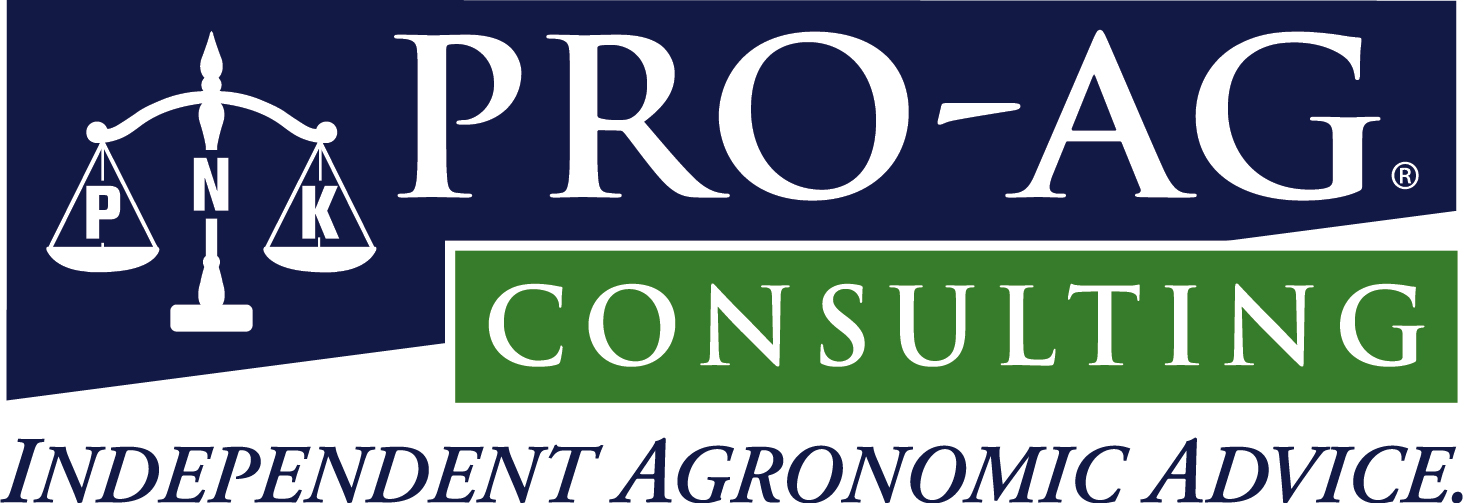Retail fertilizer prices start to firm
Weekly Fertilizer Review for February 11, 2015
While international fertilizer prices showed at least some signs of softening this week, costs at
the retail level appear to be rising in some areas as farmers get serious about booking supplies
for spring.
Ammonia
prices showed more signs of weakness internationally, with costs out of the Black
Sea dropping almost $60 a ton, despite the ongoing dispute between Russian and Ukraine
threatening to boil over again. Resumption of natural gas flows this winter allowed Ukraine’s
plants to reopen and that product is hitting the market. Costs at the Gulf also dropped this
winter, but at close to $450 a ton are at levels suggesting retail prices don’t have much
downside. Fair value based on traditional mark-ups is around $660, with international prices
translating to a market between $665 and $725. Average retail prices firmed this week to $681,
and USDA reported the average price in Iowa at $694, up almost $10 from late January.
Dealers on the Plains closer to supplies are typically less, $640 to $665.
Urea
prices continue to show a mixed trend. International and wholesale prices continue to
drop, while retail costs were more varied. The Gulf index dropped $5 to around $316, while
terminal charges up river were also lower. The international outlook is a bit murkier, after India
added more purchases in its recent round of deals. That could raise prices from China, a major
exporter. Here in the U.S., while USDA put the average in Iowa up $9 this week to $478.50,
prices on the Plains are cheaper, with recent price changes running around $435. That’s right
around fair value based on the break in the wholesale market. Swap contracts this week for the
Gulf remain a little cheaper into April with
July/September down to $285, more than $30 below
the nearby.
UAN
remains firm, with prices edging higher as farmers look to switch forms of nitrogen to allow
later applications. The average retail cost for 28% edged toward $319, with new offer sheets
$320 to $325 on the Plains. However, costs at the Gulf may have peaked. Prices were down $5
this week. Though swaps show only a small break into April, July is at $224, $37 below the
nearby for 32%. Unless supplies get stretched at the retail level, costs look like they could drop
$15 to $20 into spring for those willing to gamble and wait.
Phosphates
also show a mixed trend. Costs at the Gulf were a little cheaper, with the index
there around $442.50 this week. But some terminal costs upriver are moving higher, taking retail
prices with them. USDA reported the average price in Iowa this week up $3 to $573. Other retail
prices appear to heading higher too, with recent changes running around $530 to $550 from
dealers on the Plains. Current fair value based on wholesale prices is around $550, so the
market appears fairly priced. Swaps don’t show much change in the near term, but are down to
$420 at the Gulf for August/September. International supplies still appear to be tight, causing
many buyers to hold off on purchases.
Potash
prices remain quiet at many markets, though USDA raised its average Iowa price this
week $15 to almost $492. Terminal prices in the Midwest headed a little lower again, dropping
$2.50 to $400. The average retail price remains around, $485, close to fair value based on
wholesale costs. Settlement of Chinese purchases likely won’t happen until after the Lunar New
Year celebration Feb. 18-24, keeping the market on hold.
